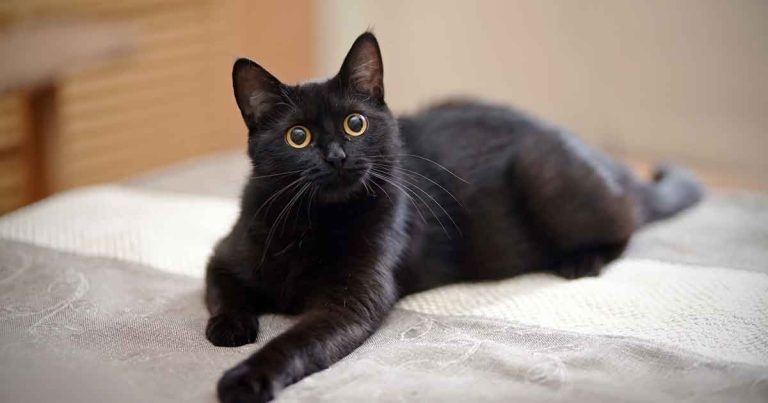29 Jul 2025
Study based on analysis from RVC’s VetCompass programme supports previous findings almost 1 in 10 cats euthanised after a diagnosis are euthanised within three days.

Image: Azaliya (Elya Vatel) / Adobe Stock
Researchers have urged vets to be more proactive in discussing the risk of diabetes mellitus (DM) with cat owners.
A study based on analysis from the RVC’s VetCompass programme supported previous findings that almost 1 in 10 cats euthanised after a DM diagnosis are euthanised within just three days of it being issued, often without receiving any treatment.
The authors of the paper, published in the Journal of Veterinary Internal Medicine, have called on vets to raise awareness of the disease, enabling either prevention or earlier diagnosis.
Co-author Dan O’Neill said: “Awareness of the scale of the diabetes mellitus issue revealed here can empower veterinary professionals to engage in more conversations with owners about diabetes mellitus prevention in predisposed cats.”
The paper analysed a random sample of 1,053 confirmed DM cases out of almost 1.3 million cats in VetCompass’ 2019 study cohort, with 1 in 250 cats (0.39%) in the UK found to live with DM annually.
Of the 375 cats in the study diagnosed with DM that year, 192 had died by the end of 2021, with a median time to death after diagnosis of 68 days. More than 90% of the cats that died were euthanised, of which 19.7% were euthanised within just three days and 39.9% within 30 days.
The proportional mortality within three days was 10%, of which almost three-quarters (72.2%) had not received any antihyperglycaemic medication before being euthanised.
Co-author Ruth Gostelow said: “Our study highlights that there is clearly more to be done to reduce the ongoing, high euthanasia rate experienced by diabetic cats at diagnosis, and this should be an important target for the UK veterinary profession.
“The findings from our study provide an important baseline value for early mortality, which we hope can be improved by advancing our knowledge on how best to prevent and treat diabetes mellitus in cats.”
Although additional information regarding the euthanasia decisions was not extracted, the paper argued that future work to “generate a better understanding of the clinical, welfare, and human factors that lead to such a decision could contribute substantially to improving the welfare and longevity of cats with DM.”
The study also called for further research into euthanasia following DM diagnosis in light of new medication and management options that can ease some of the care-giving burden on owners, such as SGLT-2 inhibitors, a once-daily oral medication licensed in the UK.
Although the research identified significantly decreased odds of DM in purebred cats overall compared with cross-breed cats, it found Burmese cats were more than twice as likely to be diagnosed with DM, while Burmilla cats were 8.3 times more likely.
Odds of DM diagnosis increased when nine years old or older, while male cats were approximately twice as likely as females to be diagnosed.